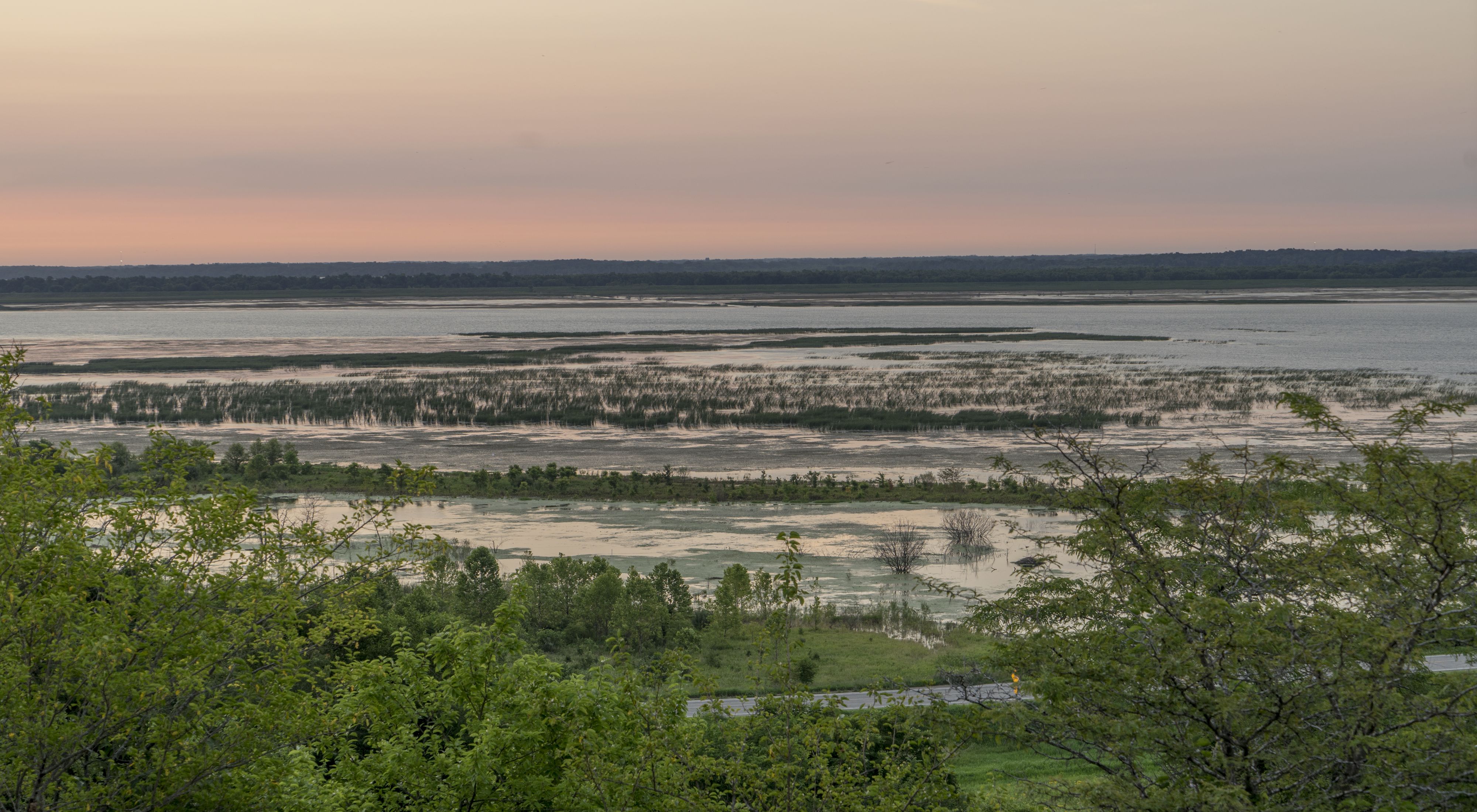When we celebrate World Water Day this year on March 22, we are asked to focus on one theme: “The Answer is in Nature.” The answer, that is, to a plethora of water problems facing people in Illinois and across the world, from degraded water quality, to water scarcity, to a challenge that’s front of mind for many of us: flooding.
A groundbreaking new study co-authored by two Nature Conservancy scientists, in collaboration with scientists at the University of Bristol in United Kingdom, flood mapping organization Fathom, and the Environmental Protection Agency (EPA), was published recently in Environmental Research Letters and finds that 41 million Americans—some 13 percent of the population—are at risk from flooding rivers. This is more than three times the current estimate based on regulatory flood maps and it includes 1.3 million people living in Illinois.
The findings of the study are troubling for a number of reasons. First, it is worrisome when you consider that most people who live in floodplain areas aren’t aware of the risk they face. Another key issue is that people continue to build in harm’s way, often without realizing they are doing so. And a third concern is that as the climate changes, so-called “100-year” floods may occur more frequently, meaning even more people may be exposed to flooding in the future. All of this highlights the critical need for comprehensive floodplain and flood risk management planning.
This study takes an incredible step in that direction. It used a new high-resolution model that maps flood risk from rivers across the entire continental United States, filling in the gaps in the existing regulatory flood maps produced by the Federal Emergency Management Agency (FEMA), which only cover about 60 percent of the land in the continental U.S. In addition, this model is able to estimate flooding on small streams—something that wasn’t adequately captured in previous flood-risk models, according to the study’s researchers.
It also provides a look into the future. The study integrates new maps from the EPA that more precisely estimate where people live now and where future population growth is expected, and predicts that under potential population growth and development projections, more than 60 million Americans may be by 2050 vulnerable to 100-year floods. (Technically, this refers to floods that have a 1 percent chance of occurring in any year.) Here in Illinois, the number of people projected to live in floodplain areas will increase to 2.5-3.2 million by 2050 and 2.9-5.3 million by 2100.
We can use this research to understand which places are most at risk from floods and plan accordingly. For starters, we can avoid development in these areas. We can also use the study results to bring nature into the equation. By protecting floodplains or developing them in ways that can withstand flooding—such as flood-tolerant parks—we can prevent unnecessary risk to people and help avoid expensive damage to property and infrastructure. Proper prevention and planning could result in substantial savings to individuals, cities, and counties. The study calculated that in the continental U.S. there already exists $5.5 trillion worth of assets in areas subject to 100-year floods. Here in Illinois, $203 billion worth of assets are situated within the 100-year floodplain, with the potential of $35 billion in damages to these assets.
In addition to the benefits they provide to local homes, businesses, and economies, restored and protected floodplains offer so much more for both people and nature, from high quality habitats for wildlife to outstanding recreational opportunities to improved water quality. We know this to be true from our work near Havana at our Emiquon preserve. For more than seven years, we collaborated with partners to plan the transformation of what was once agricultural land to more than 6,000 acres of thriving floodplain along the Illinois River. Emiquon now provides habitat for more than 280 species of resident and migratory birds, as well as native fish and other wildlife. These species draw anglers, hunters, hikers, and nature enthusiasts from across the state. Additionally, the restored wetland helps reduce unnatural flooding, and during a catastrophic flood, modeling by scientists at the Illinois State Water Survey showed Emiquon could be used to reduce a flood crest by over a half foot.
This new research is essential for informing floodplain and flood risk management in the future. As we move forward with these plans, we must consider nature, along with traditional infrastructure, as part of a comprehensive approach to reduce the devastating effects that flooding has on so many communities.


